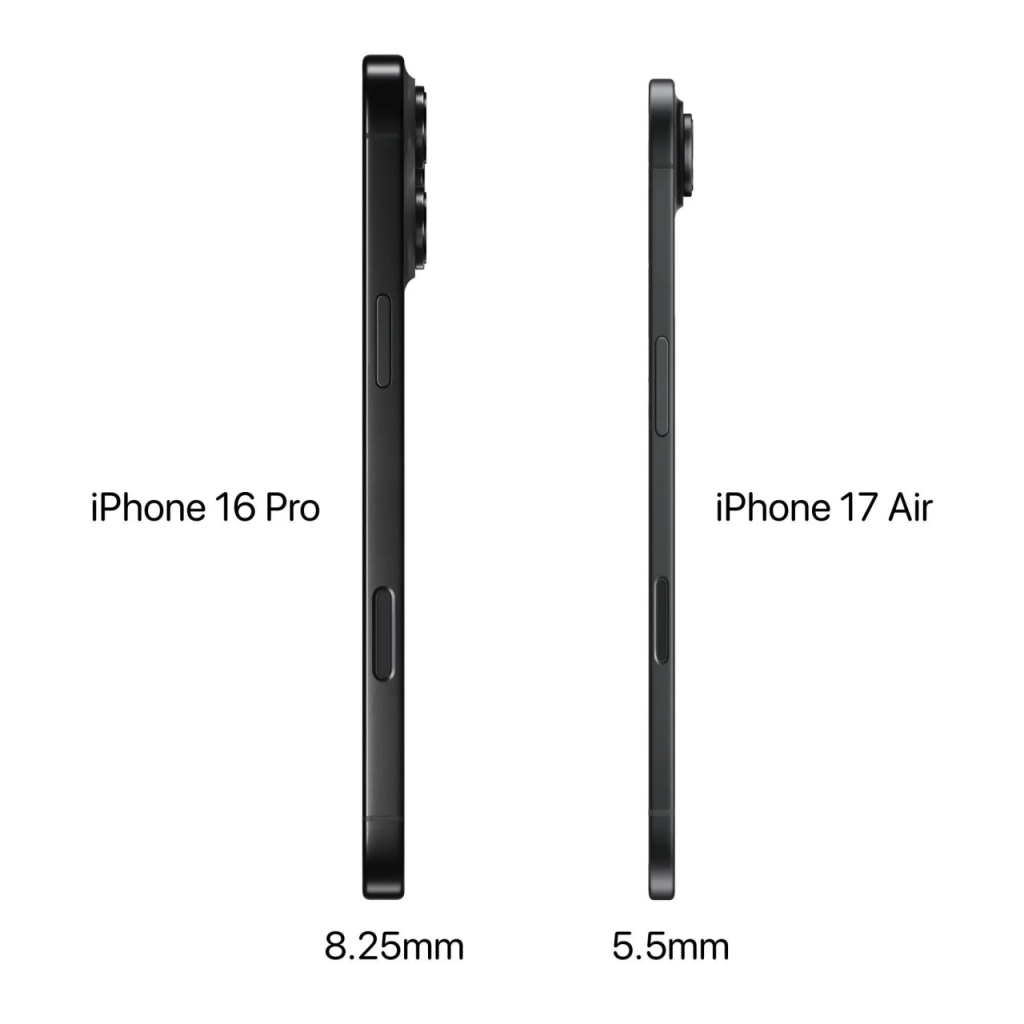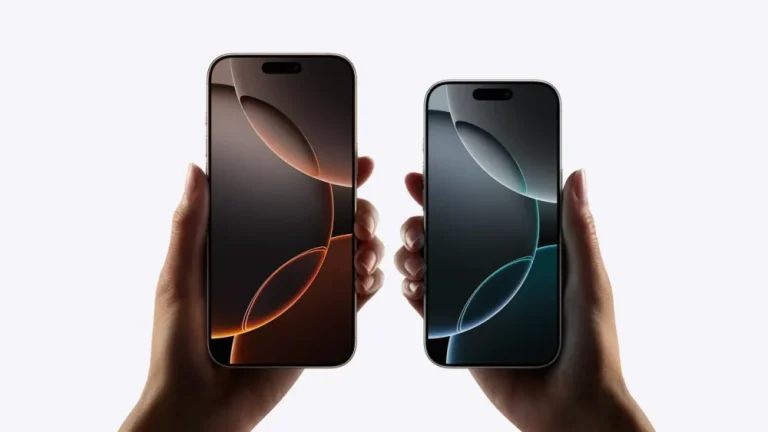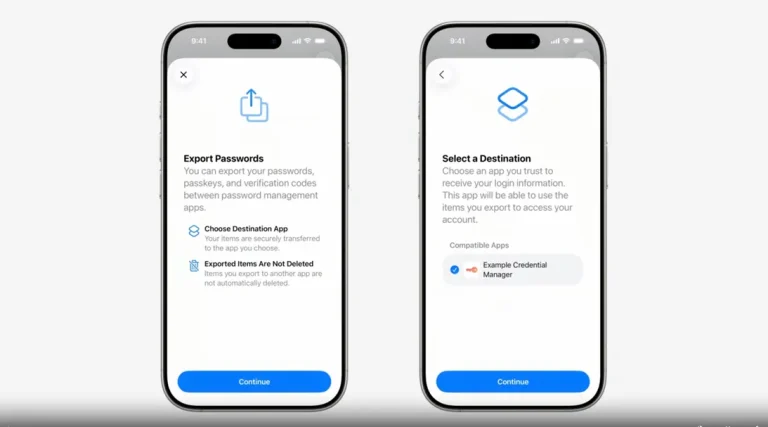
The iPhone 17 Air is Apple’s forthcoming model, distinguished most notably by its remarkably slim and lightweight design. According to circulating reports, the device boasts a mere 5.5 mm thickness and weighs approximately 145 grams.
No one quite knows what inspired Apple to pursue such an ultra-thin form factor, but if the company is indeed set to release this model, one would assume some breakthrough in battery technology must have occurred. After all, a reduction in thickness inevitably entails a decrease in battery volume, which would, in turn, lead to a significantly shorter battery life.
As it stands, Apple — or its suppliers — appears to have made little progress in battery advancements. The iPhone 17 Air is reportedly equipped with a battery capacity of just 2800mAh, a marginal improvement over the 2716mAh battery found in the iPhone X released back in 2017.
Such a modest capacity severely constrains the device’s overall battery endurance. Given that the core hardware differences are minimal, the price of a thinner profile may be frequent charging, which users might find disruptive to everyday usage.
For comparison, the iPhone 16 features a 3561mAh battery; the iPhone 16 Plus, 4014mAh; the iPhone 16 Pro, 3582mAh; and the iPhone 16 Pro Max, a substantial 4688mAh.
Some rumors suggest Apple may employ higher-density battery technology or leverage artificial intelligence to enhance power efficiency in the iPhone 17 Air. Nevertheless, the constraints imposed by its featherweight design are bound to limit battery thickness — making a notable reduction in battery life an almost certain trade-off.


